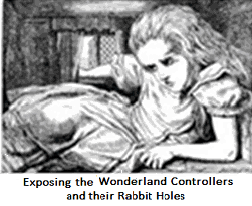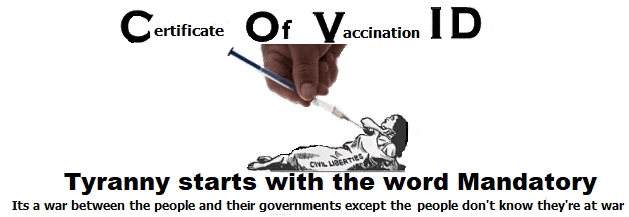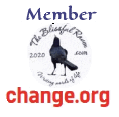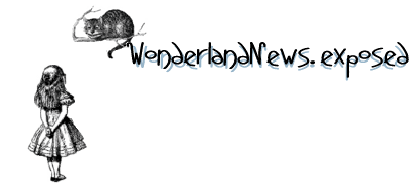|
S. GURUMURTHY
The US Fed, which is the de facto central bank of the world, is an enigmatic institution whose origins are shrouded in mystery. Its shareholding pattern remains a secret. The US Government has only marginal control over it. Given the Fed's influence on the world economy, it is imperative to have a global watch on its policies and actions, says S. GURUMURTHY.
The US Federal Reserve System "formulates policies that shape" and are shaped by "international developments". The Fed and international economy "influence each other".
"Any policy move" of the Fed "influences" and is influenced by international development. This is how the central bank of US stakes claims about its global status and influence in its document "Federal Reserve in International Sphere".
The Fed's is no empty claim. No policy statement is needed, a TV byte from it is enough, to shape global developments. Example: Mr Alan Greenspan brought down the Nikkei index by 3.2 per cent on a single day (December 6, 1996) with his remark of "irrational exuberance" suggesting that Japanese stocks were over-valued.
But when the Fed influences the world does it function in global interest? On the contrary, Fed's actions, the very document claims, "are designed to attain the basic objectives of US economy". Not global economy! Yet, surprisingly, there has been no significant global watch over this institution or its policies and actions.
Global watch
There are other reasons why global watch over US Fed is inevitable. Look at the ownership of other three major central banks. Germany's Bundesbank and UK's Bank of England are fully state-owned. Majority, that is 55 per cent, of Bank of Japan's stocks is held by Japanese government.
As a central bank performs the vital seigniorial function of printing currency, all central banks are invariably state owned.
The US fed, in contrast, is neither public nor private. As some one put it, it is "a cartel of private banks". It is so structured as to keep US government control marginal.
The Fed, which prints the dollar, is self financing. It needs or receives no Congressional funding. The only control over the Fed is the power of the President to make appointments to its 7-member board of governors.
Fed structure
A Fed board member has a 14-year - yes 14 years - tenure, while the US President has merely a 4-year, and a US Congress member just a 2-year, term.
Moreover, if appointed to fill a casual vacancy, a Fed member gets the unexpired term of the vacancy as bonus.
That was how, appointed to a vacancy in Fed Board, but as Chairman directly, Mr Greenspan occupied that position for 28 years. From his seat, he has given farewell to three US Presidents.
Again, no President can alter the Fed's composition as its members are so appointed that no more than two board members will retire together. Once appointed, Fed Board members - irremovable by the President except "for a cause" - function independently.
The plot thickens now. The Fed functions through 12 Regional Reserve Banks, known as District Banks. Of the 12 Fed Banks, the single most powerful Bank, the backbone of the Fed, is the Federal Reserve Bank of New York.
It is the largest in assets; it has monopoly rights to conduct open market operations, that is buying and selling of US Treasury securities and Forex, on behalf of the Fed; its chairman is a permanent member of the most powerful Open Market Operations Committee of the Fed. Out of the $3.1 trillion of daily financial and security transactions of the Fed recorded in 2003, it accounted for $2.4 trillion or over 77 per cent. As far back as 1927, it had in its vault 10 per cent of all gold reserves of the world!
But who owns this mighty NY Bank? NY Bank, being unlisted, is not required by US law to declare its shareholding. So who are its shareholders remains a secret.
Different studies on NY Bank have asserted, without being contradicted, that Rothschild Banks of London, Lazard Brothers Bank of Paris, Israel Moses Seiff Banks of Italy, Warburg Banks of Hamburg and Amsterdam, Lehman Brothers Bank of New York, Kuhn Loeb Bank of New York, Chase Manhattan bank of New York, and Goldman Sachs Bank of New York, all of them private financial giants, hold majority shares in NY Bank.
The NY Bank board is elected by its members who have one vote each. This has raised a question, not yet answered for decades now, whether the NY Bank is a public body at all!
That the thousand-odd member banks in NY Bank have only one vote each, regardless of their financial stakes is cited as the only safeguard against private control of NY Bank! But no one has said that the member banks are unconnected to one another.
|
|








